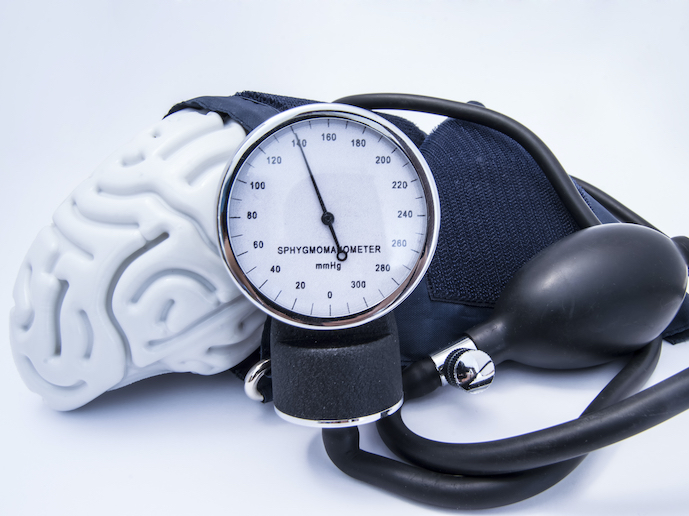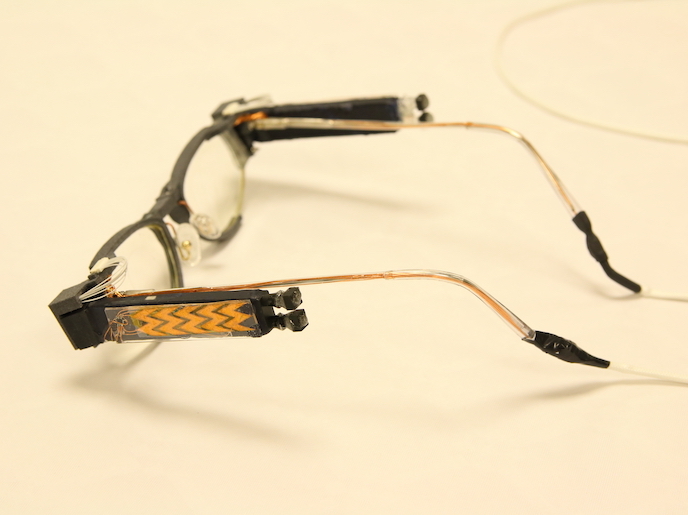A non-invasive alternative for measuring intracranial pressure
Elevated intracranial pressure(opens in new window) (ICP) is a dangerous and critical condition caused by disease or brain trauma. The problem with ICP is that although immediate treatment is required, it is often difficult to detect. For example, following a traffic accident, medics tend to focus on the visible injuries, such as bleeding, fractures and cuts. The ‘invisible’ injuries, such as those to the brain, are only diagnosed later. Unfortunately, with ICP, later may be too late. “Assessing internal damage and increases in ICP is crucial to deciding immediate patient care and ensuring successful rehabilitation,” says Kathrine Céline Friis, administrative communication manager at StatuManu ICP(opens in new window), a Danish MedTech company. To fill this treatment gap, the company has developed a non-invasive alternative for measuring ICP. Called ‘ICP Instant’, the innovative solution uses imaging technology, precise and advanced optics, artificial intelligence, and deep learning algorithms to provide an instant assessment and continuous monitoring of changes in ICP. Now, thanks to the support of the EU-funded ICPstatu project, this breakthrough medical device is one step closer to hitting the market.
Setting a new standard
ICP Instant is designed to be user-friendly. Instead of drilling a hole in a patient’s cranium, the system can measure ICP by simply taking a video of the interior lining of the eye. Two such videos are then compared to identify possible change in pressure. This data is then analysed by a machine learning-based software programme that can deliver results in less than 1 minute. The goal of the ICPstatu project is to make ICP Instant the standard tool for measuring and tracking changes in ICP – a lofty goal and one that requires substantial research and clinical testing. For this, StatuManu ICP turned to the neurosurgical team at Odense University Hospital(opens in new window) (OUH). “We initiated a clinical trial at OUH to compare and validate our solution against the current gold standard,” explains Friis. “This trial is essential to documenting the safety and effectiveness of the solution – data that is critical to gaining CE mark(opens in new window) approval.” Although ongoing, the clinical trial has already delivered tests on 26 patients and 300 videos. “These videos are used to help us further develop and improve the model being applied during the imaging analysis,” adds Friis.
Ready to start saving lives
According to Friis, this unique collaboration between industry and academia was crucial to the development of the ICP software. It also resulted in having an article relating to non-invasive ICP monitoring(opens in new window) in the journal ‘Nature’. “We are proud to work with OUH toward improving treatment and the overall outcomes of patients,” remarks Friis. “One of our proudest moments was receiving the first results from the initial clinical trial, which supported our assumptions.” Thanks to the support of EU funding, ICP Instant is well on its way to saving lives. “This project will help save people’s brain function and lives – which is the purpose of everything we do,” concludes Friis. The company aims to obtain a CE mark in 2022. To achieve this, it is applying for additional funding to further develop its concept into a complete solution.







